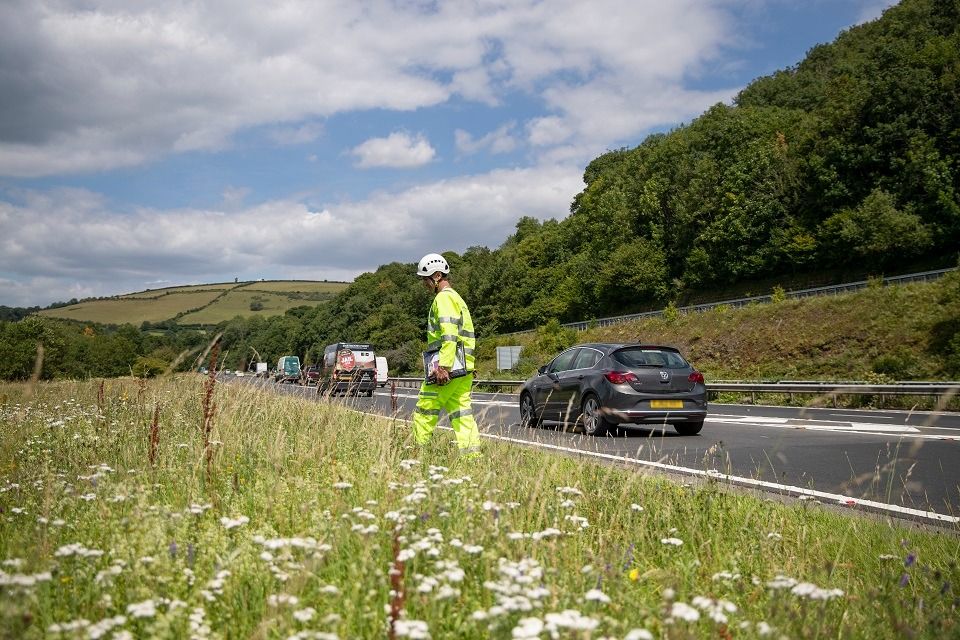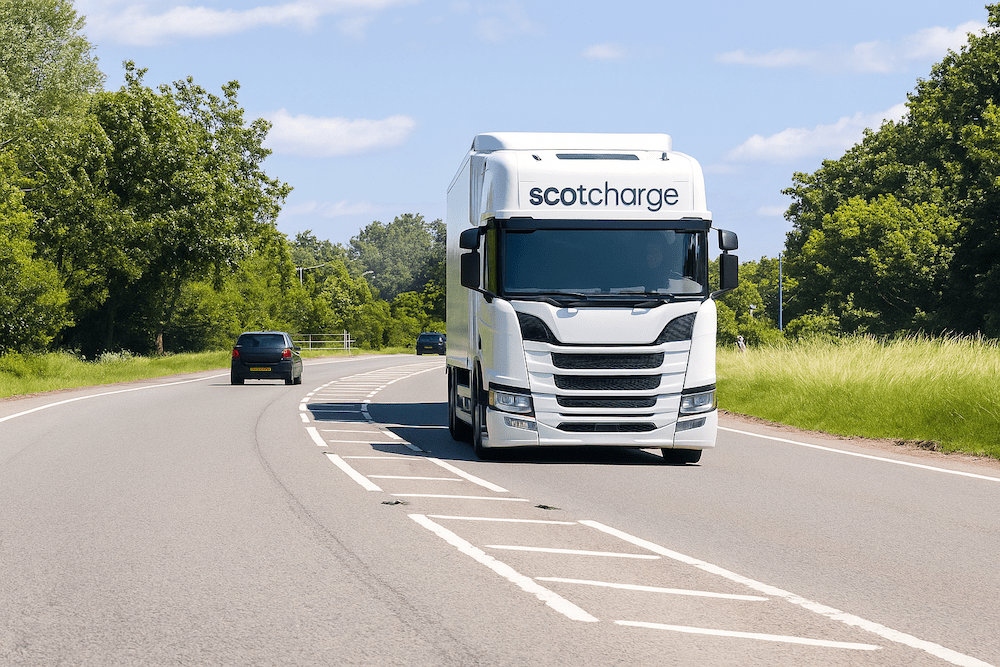National Highways has released plans to deliver a more sustainable road network to “protect and enhance the environment” over the next three decades.
As one of the country’s largest landowners with 30,000 hectares of green land, the agency said it would “commit to using its green land to reconnect habitats, reverse the decline in biodiversity, help wildlife thrive and build in environmental resilience to a changing climate”.
The new strategy makes a series of commitments to map out a green future for the 4,500-mile network with a focus on three key areas – the protection and enhancement of nature, carbon reduction and support for community health and wellbeing.
Reversing decline in biodiversity
The work includes using land to reconnect habitats that have been severed around and adjacent to the network, contributing to the national effort to reverse the decline in biodiversity, helping wildlife thrive by providing quality habitats, and building environmental resilience to a changing climate through initiatives such as natural flood management.
It also commits to investing in measures to remove carbon from the network, support the transfer to zero-emission vehicles, develop new ways to reduce pollution and enhance historic and cultural features on, or close to, major roads.
Tailored solutions includes erecting solar panels on noise barriers, introducing wetlands for natural flood management, improving the visibility of heritage features from the road, improve all the Sites of Special Scientific Interest (SSSIs), taking action to address high-risk outfalls, improving the quality of water being discharged from the network into nearby rivers, and connecting natural habitats on either side of a road by adapting existing bridges and underpasses and installing new features, such as green bridges, where beneficial.
Pollution
The company will also seek to minimise particulate air, water and noise pollution through research and innovative design solutions which could include better construction materials to help to reduce emissions at the tyre-road interface.
Nick Harris, National Highways’ Chief Executive, said: “Most journeys will still be made by road in 2050 so it is more important than ever that we manage our network in a way that balances the needs of today with those of tomorrow.
“This is why we are passionate about making our network as environmentally sustainable as it can be. From the air that we breathe to the natural resources that we use to create and innovate; our economy, health and wellbeing depend upon a thriving environment.
“With 4,500 miles of motorways and major A-roads, we are uniquely placed to play an active and positive role in achieving this, ensuring that our network can be a force for good.”
Image courtesy of National Highways








